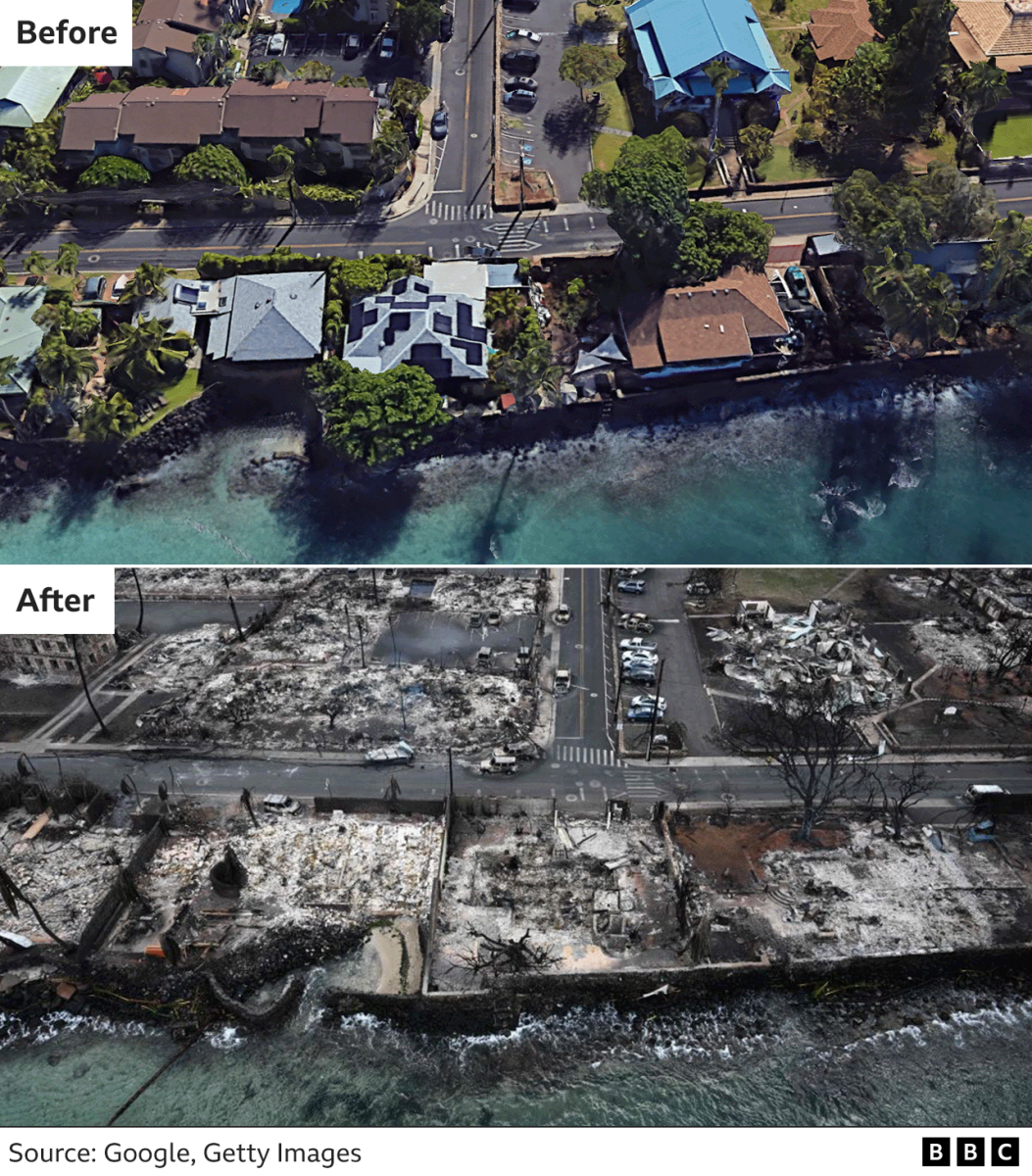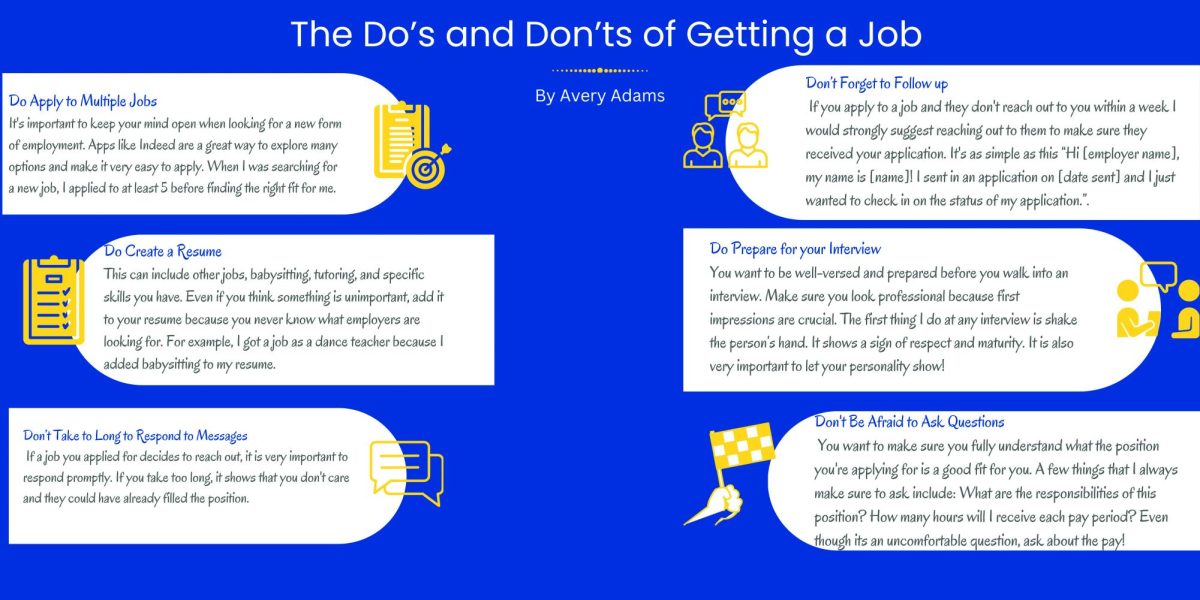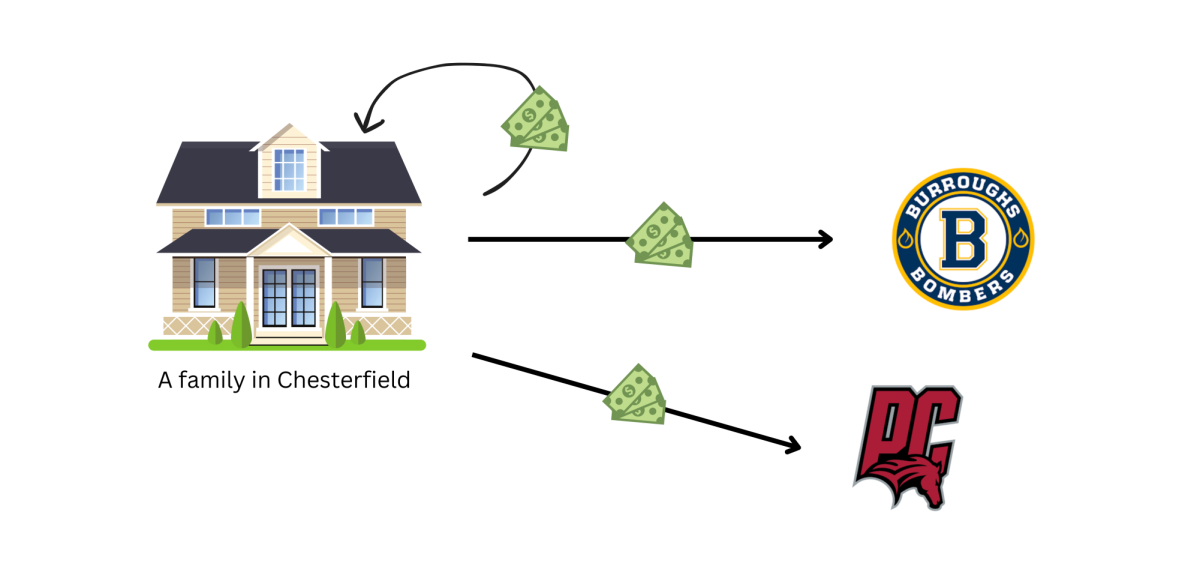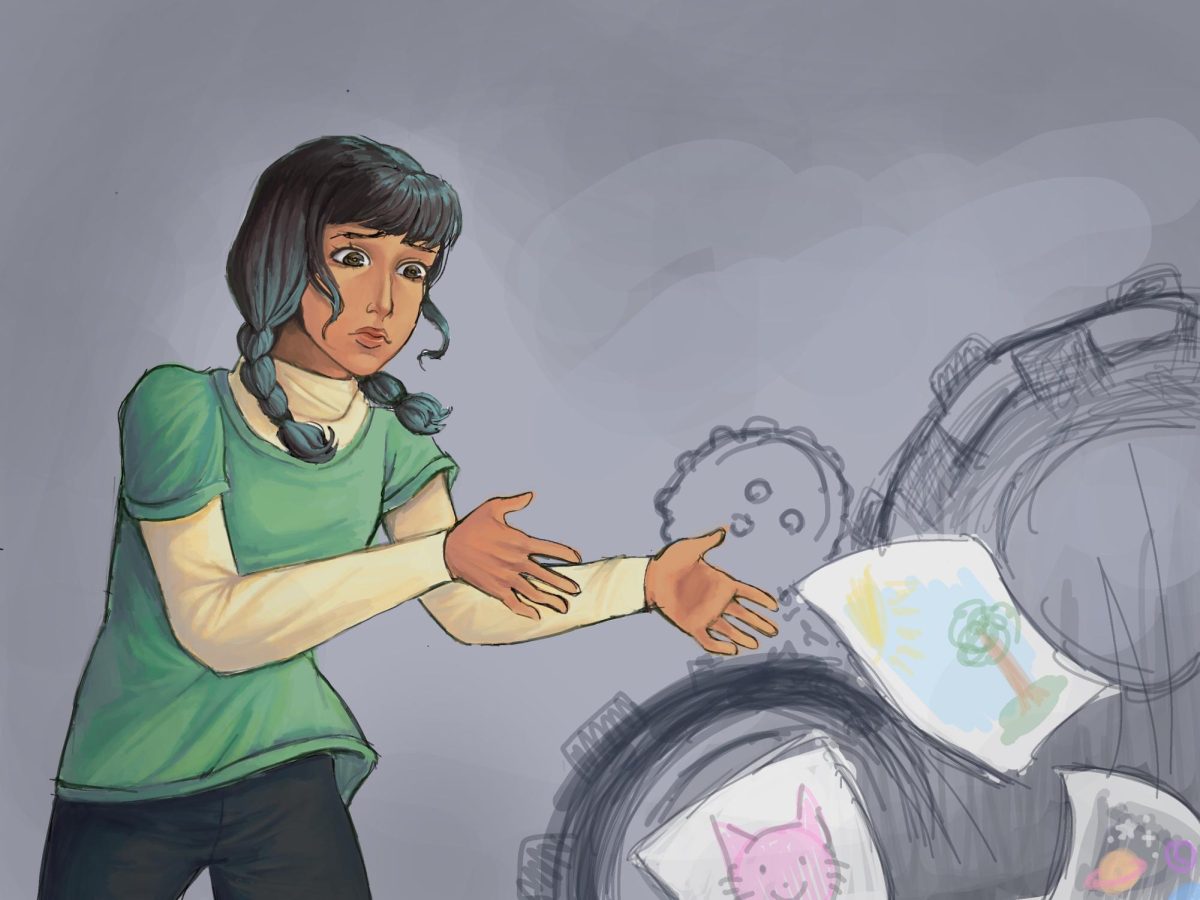On Aug. 8, the island state of Hawaii was hit by a dangerous wildfire that killed over 90 people and left a once beautiful, thriving town into a desolate, ghost-town. The wildfires occurred on the island of Maui (a part of Hawaiian territory), and the most affected location is Lahaina. Lahaina used to be a hotspot for tourists, hosting around 80% of the island’s tourists per year, and a place of great historical and cultural significance to the people of Hawaii. However, now there are heaps of rubble and ashes piled up on what was once art stores, historical monuments, and neighborhoods. However, to understand how this wildfire came to be, it is important to educate ourselves on the history of both Lahaina, and Hawaii.
History of Lahaina
Lahaina was originally a wetland, with marshes and other bodies of water inhabited by Polynesian settlers for centuries.
That is, until the Protestant missionaries arrived from America.
In the 1800s, the people of Hawaii saw many missionaries arriving on their shores, admiring the nature, profitable crops, and tropical environment that the land provided. For the locals, places like Lahaina were home, but for missionaries, it seemed like a perfect place to vacation and make money.
We’ve seen this story before.
More missionaries come, bringing with them a new way of life (gradually erasing the culture of people who originally lived there), foreign diseases, and new religions, and before you know it, the colonizers arrange for a military coup, overthrowing the local authority and taking control of Hawaii. In 1959, Hawaii became an official state of the U.S. If this wasn’t already obvious, the U.S’s annexation of Hawaii is a classic example of colonization.
How is colonization related to the wildfires?
In the 1820’s, companies from the U.S began to replace the agricultural practices of the people living in Hawaii with their own style of farming. Their goal: to make as much profit off of the land as possible. Their main product of interest was sugarcanes. However, after growing fields and fields of the same sugarcane crop — a harmful practice known as monocropping — invasive species of plants begin to grow. In this case, these non-native plants such as Guinea grass and fountain grass, began to grow rapidly. These invasive
plants are extremely dry and prone to fire. According to the Hawaii Wildfire Management Organization, these plants take up an estimated one-fourth of Hawaiian land. As a result of colonization, once tropical land became more and more prone to fires. See, where this is going?
Over the years, the colonization and exploitation of the indigenous cultures and people that took care of and protected the land facilitated the depletion of its natural resources. This further introduced the environment perfect for a large scale disaster to occur.
The Wildfire
While the original cause of the fire is still unknown, there are many undeniable factors that set the stage for the wildfire. This includes the products of colonization such as the vegetation and pollution of the land. Another factor is strong winds caused by Hurricane Dora, a distant hurricane. However, what residents and locals are most angry about is the delayed response to the fire. According to the Hawaii Emergency Management Agency, there were no warning sirens. Instead, only a few people received a cell phone alert, which left many people to fend for themselves. As a result, it is confirmed that 97 people have died, and there are still hundreds who are missing amongst the ruins of the fire. To this day, forensics are using DNA to track down the missing individuals, which only means that the death toll could increase.
How can we help?
To this day, there are still many families whose homes have been destroyed by the fire. However, local non-profits and volunteers are working hard day and night to rebuild what has been lost by the fire. For instance, ‘Āina Momona, a Native Hawaiian community organization, has created funds for over 150 families whose homes have been burnt up in the fires. Another organization, the Council for Native Hawaiian Advancement, has established the Maui Relief Storage Facility, an important resource that provides food and other amenities to all those who have been displaced by the fire. So, although we are situated a good 3,997 miles away from Hawaii, we can still help by donating to the aforementioned charities. More than anything, it is paramount to raise awareness of this wildfire and all the pre-existing conditions that have led up to this calamity. In this day-and-age, it may seem as though colonization is over but its effects still live with us to this day. If we don’t address them now, then it will only worsen till another calamity occurs.








